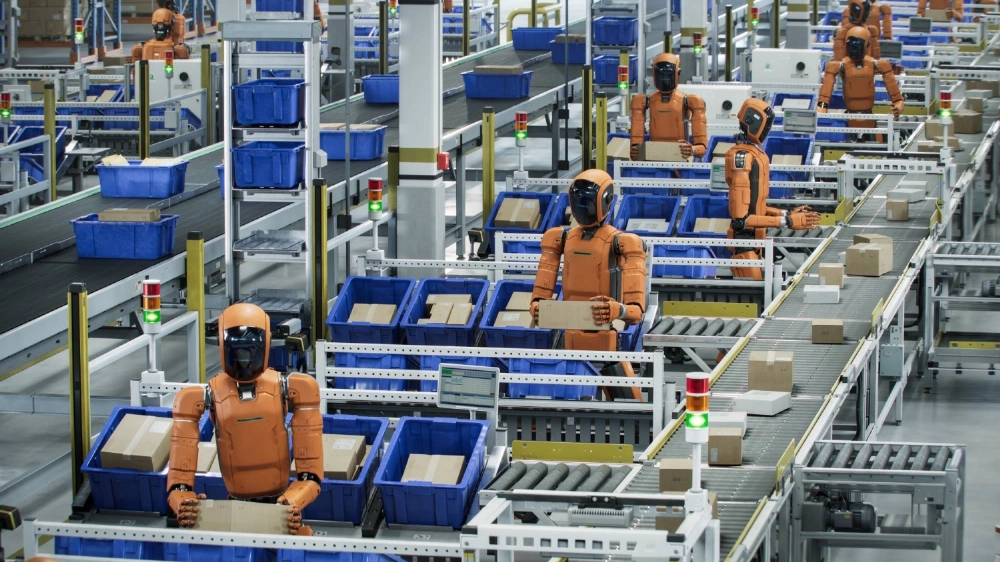The Chinese “cannot be allowed to export their way back to prosperity,” argues U.S. Secretary of the Treasury Scott Bessent, who claims that China’s economy is the “most unbalanced in history.” Such remarks reflect the growing fear in Washington that China’s overcapacity, subsidies and dumping are distorting global trade.
The more pressing concern, however, is not what China exports, but how. Global cost structures are indeed being reshaped, but by a quieter and more complex force: relentless productivity improvements. China is not merely moving more goods; it is exporting a new production model powered by automation, AI and state-guided industrial optimization. This shift is disruptive, deflationary and still largely misunderstood.
China’s rise as the world’s factory in the late 20th century was driven by labor and scale. But now, China aims to achieve a new form of dominance through intelligent infrastructure. No longer confined to apps or chatbots, AI has been embedded across the physical economy – guiding everything from robotic arms and warehouse fleets to autonomous production lines. For example, Xiaomi’s “lights-out” factory in Beijing can assemble 10 million smartphones annually with minimal human intervention. AI conducts a symphony of sensors, machines and analytics that form a tightly woven industrial loop, driving efficiencies that traditional manufacturers can approach only incrementally.


















With your current subscription plan you can comment on stories. However, before writing your first comment, please create a display name in the Profile section of your subscriber account page.